Is Mt. Canlaon included in this list? Let’s check it out!
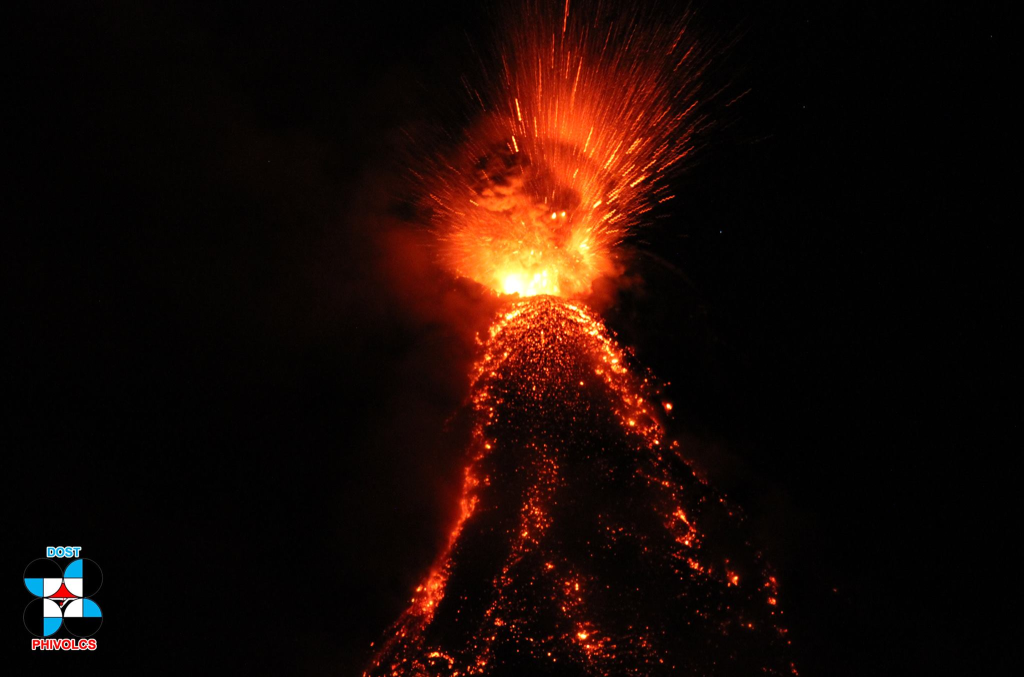
The latest eruption of Mt. Canlaon sparked worry and interest at the same time of netizens worldwide. It’s true that the Philippines, being part of the Pacific Ring of Fire, experiences its fair share of seismic activity, including earthquakes and volcanic eruptions.

Throughout history, there have been notable events that have caused significant destruction in various parts of the country. Here are some instances:
1754 Taal Volcano Eruption
In 1754, the Taal Volcano had a 200-day eruption, which began from May 15 to December 12, causing the needed evacuation and relocation of the surrounding towns. As a result of the phenomenon, the river was blocked, the lake rose, and everything was buried beneath tons of layers of stones and ashes, except for the church and convent.
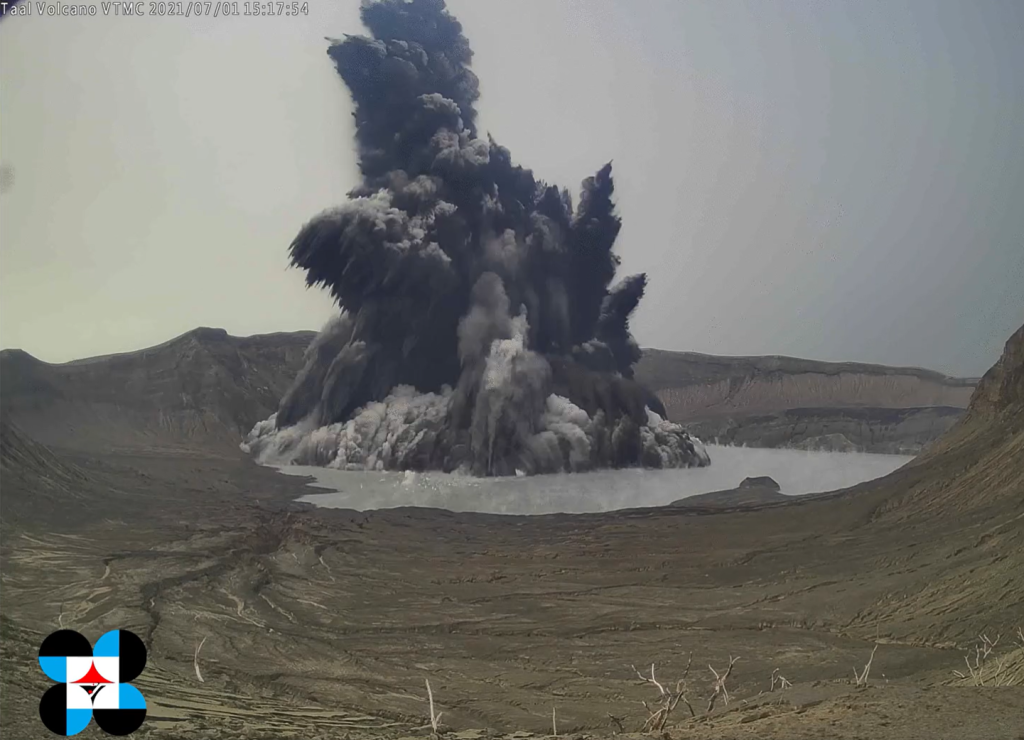
1814 Mt. Mayon Eruption
With five nearby towns devastated and at least 1,200 people killed, the 1814 eruption of Mayon Volcano is yet one of the most violent eruptions at the time. It was a catastrophe especially since it started at 8 in the morning, wrecking havoc, except for the bell tower that continues to exist even today.

1871 Hibok-Hibok Eruption
Known as the youngest volcano in the Philippines, Mt. Hibok-Hibok is located in the island of Camiguin and had major eruptions during the years of 1871 to 1875 and another set from 1948 to 1953. Because of the clustered eruptions, lava domes were produced along with pyroclastic flows which soon enough destroyed some of the nearby coastal villages.
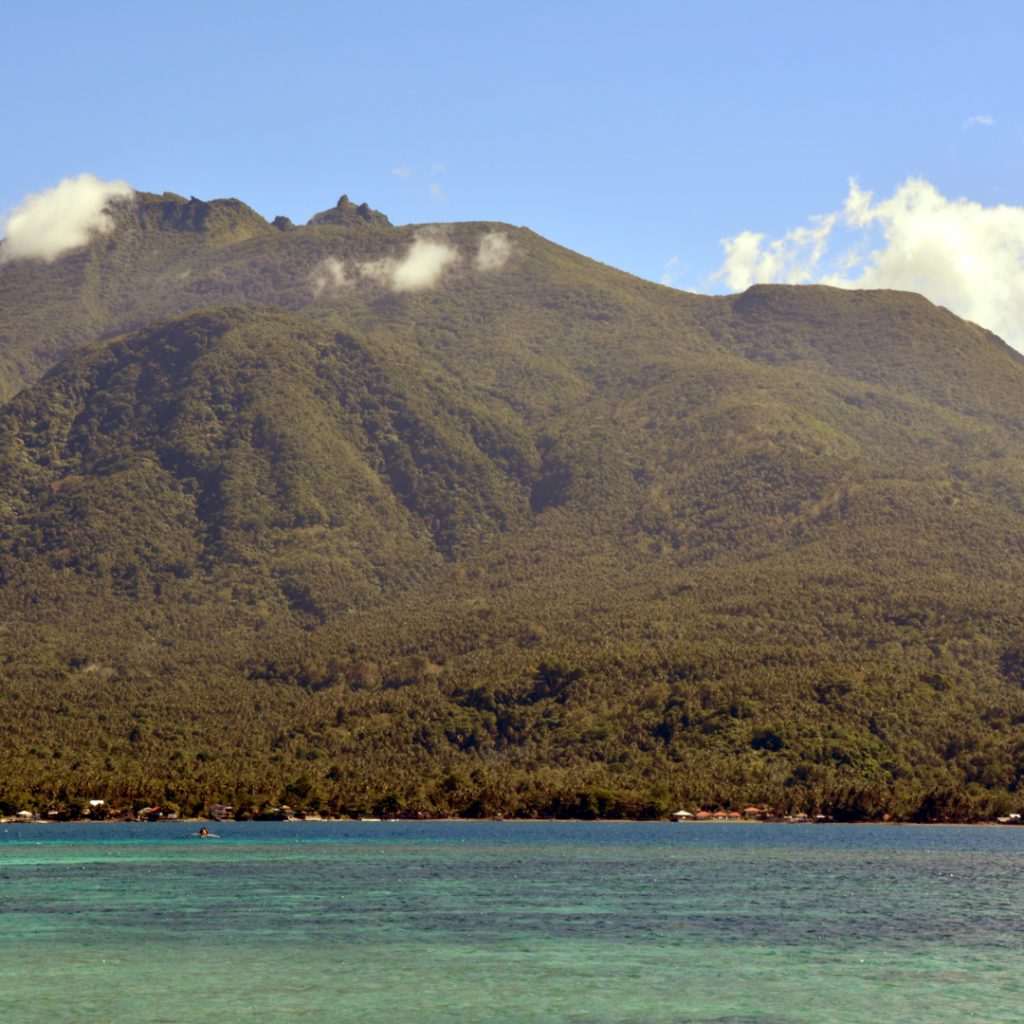
1968 Casiguran Earthquake
A magnitude 7 earthquake that occurred at 4 in the morning caused a small tsunami and killed at least 207 residents in the area. The deaths were due to a six-story building that collapsed during the earthquake. Moderate aftershocks were recorded with intensities ranging from 2 to 4 in Manila.
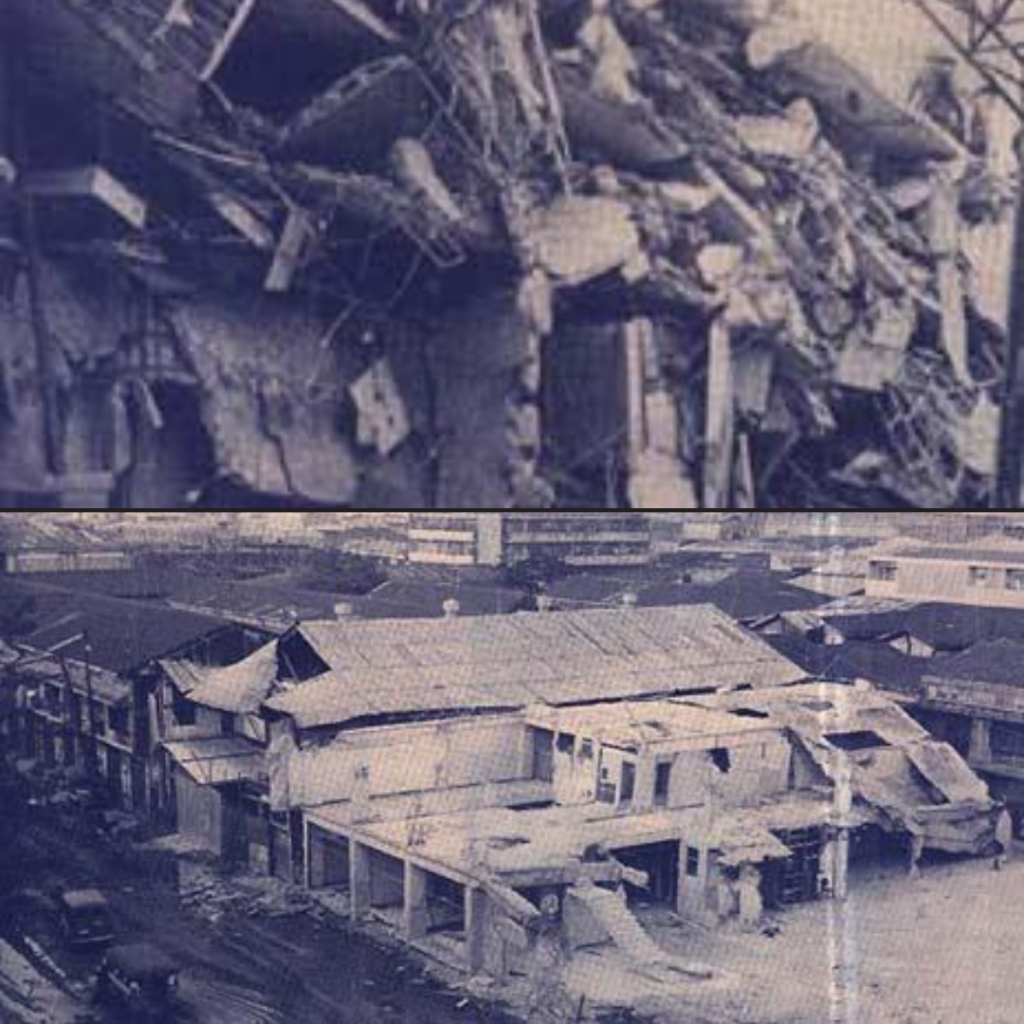
1976 Moro Gulf Earthquake
This is one of the earthquakes generated by the Cotabato trench and is considered the most prominent tsunamigenic phenomenon in Mindanao. The aftermath of the quake included destruction and devastation of properties and lives, which caused 86% of deaths, 65% of injuries, and 90% of all the missing individuals.
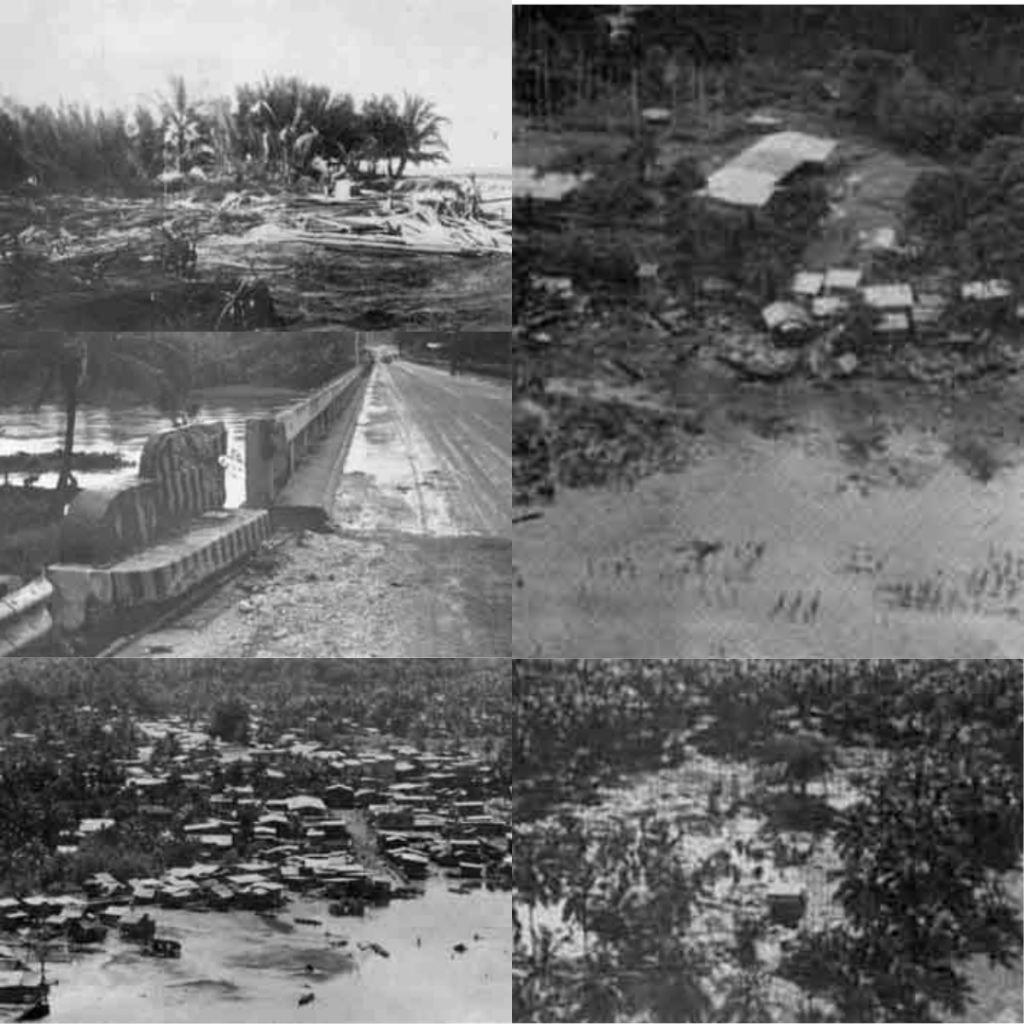
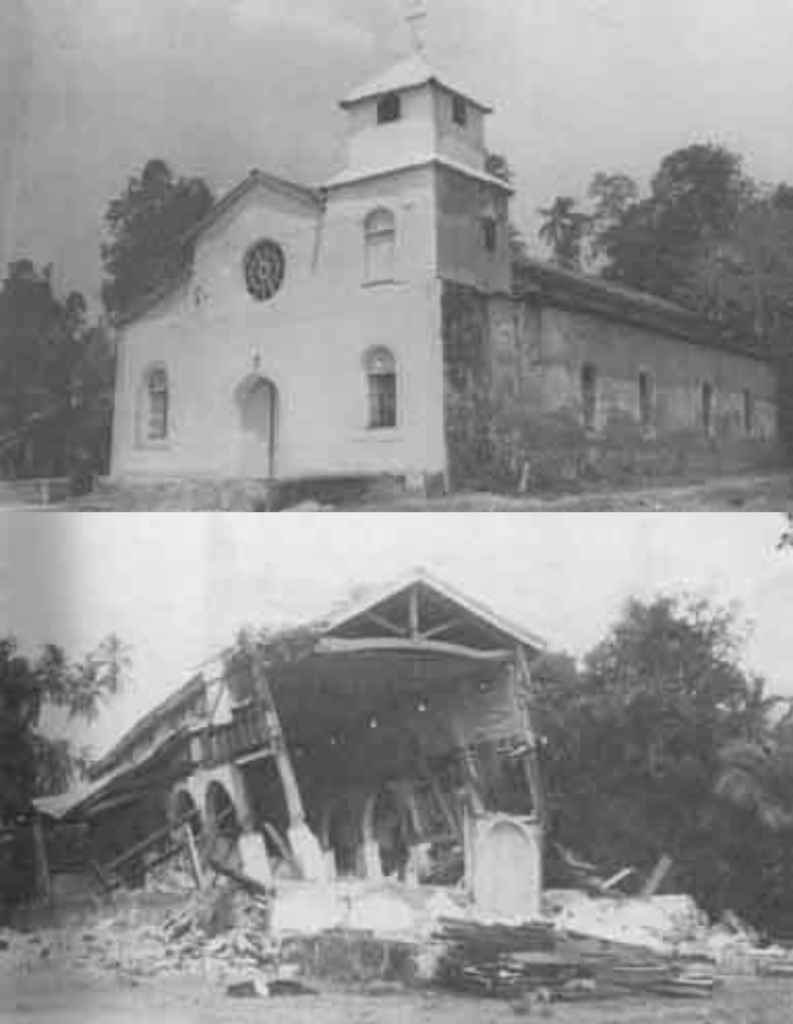
1983 Laoag Earthquake
The intensity of the Laoag earthquake ranged from 3 to 7 from Dagupan City to Ilocos Norte. More than 30 buildings collapsed in totality and had severe structural damage. In addition to the property damage, there were 16 deaths recorded and 47 injuries.

1990 Luzon Earthquake
An estimate of up to 1,621 people were killed during the 1990 earthquake that hit the heart of one of the most populated islands in the Philippines. Its epicenter is within the range of Rizal, Nueva Ecija, and Cabanatuan with a magnitude of 7.8 and a ground rupture of 125 kilometers stretching from Aurora to Nueva Vizcaya.
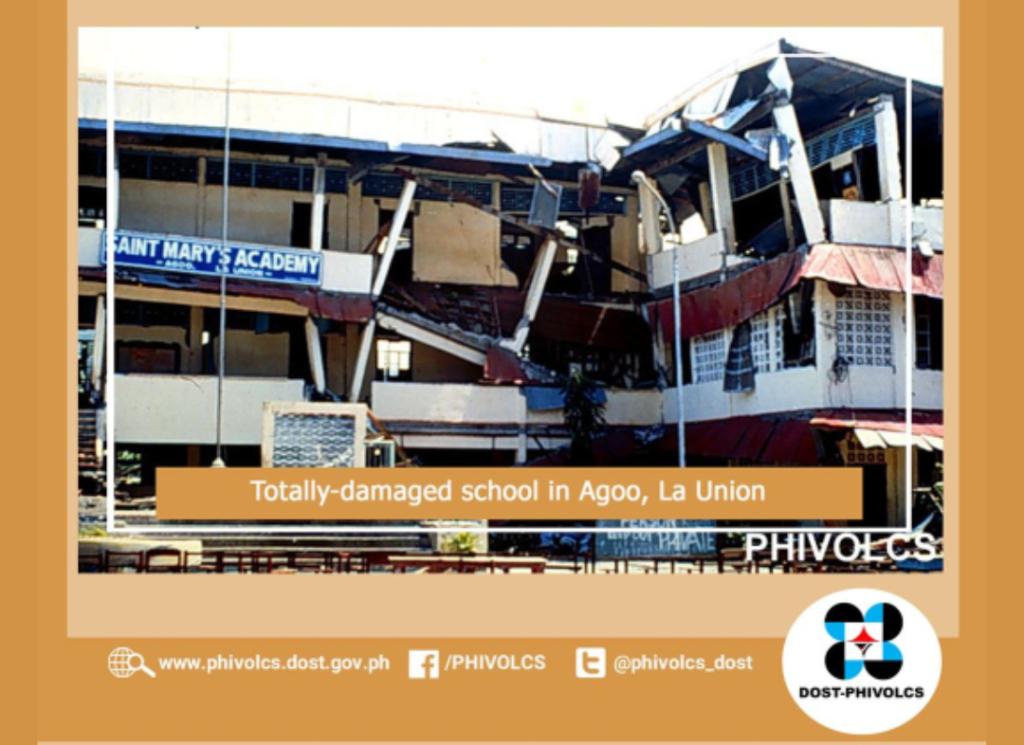
1991 Mt. Pinatubo Eruption
Hailed as the 2nd largest volcanic eruption in the Philippines, Mt. Pinatubo caused avalanches of ash, gas, and mudflow. This resulted in roofs from homes collapsing because of the weight from the fallen ash and heavy rains following the eruption.
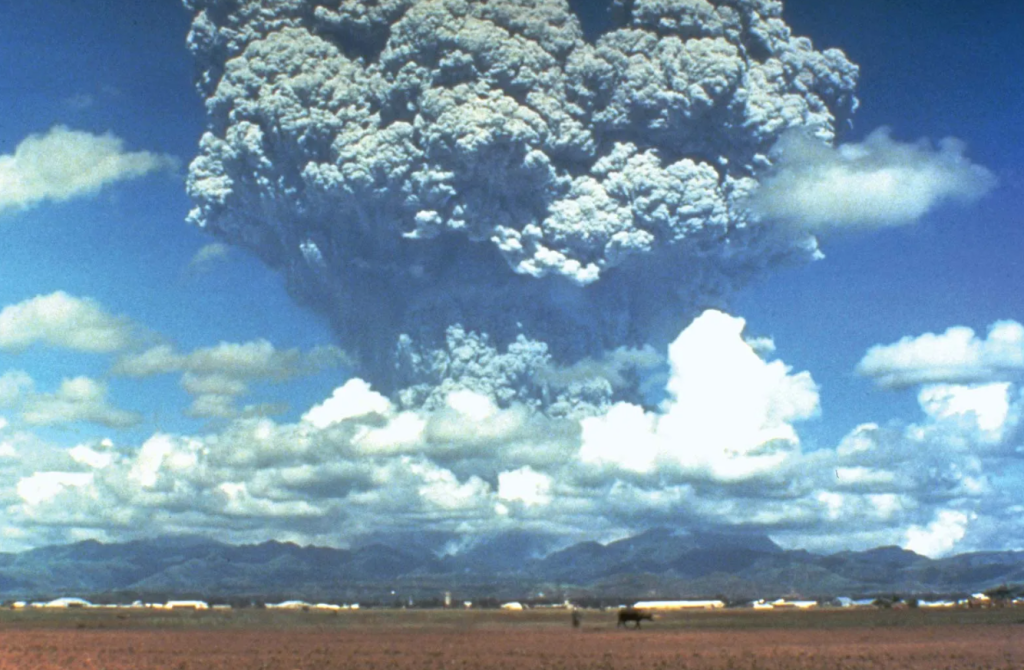
2012 Negros Oriental Earthquake
Remember “Chona Mae?” Well, it was a tsunami hoax that circulated in Cebu City after the earthquake in Negros Oriental hit and reached a magnitude ranging from 2 to 7 in different areas of Visayas and Mindanao. Power supplies were disrupted as a result of the earthquake along with damaged roads and properties.

2013 Bohol Earthquake
An earthquake that shook the whole Central Visayas region happened in 2013, where 222 were killed, 8 missing, and 976 injured. Because of the wide range, there were more than 70,000 damaged during the earthquake, and more than 14,000 destroyed.

These events serve as reminders of the importance of disaster preparedness and mitigation efforts in a country prone to natural hazards like earthquakes and volcanic eruptions.


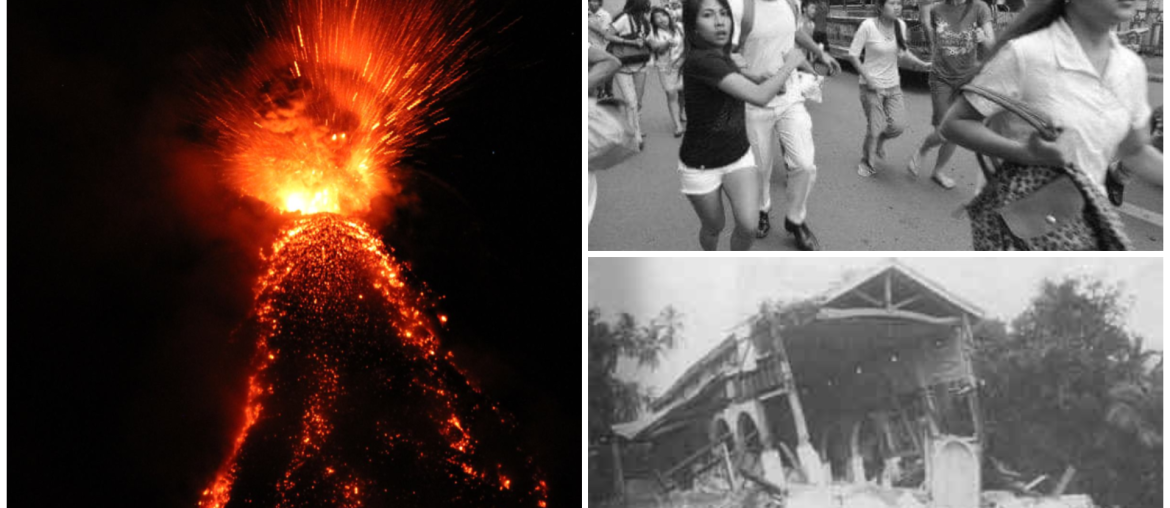
Comments are closed.